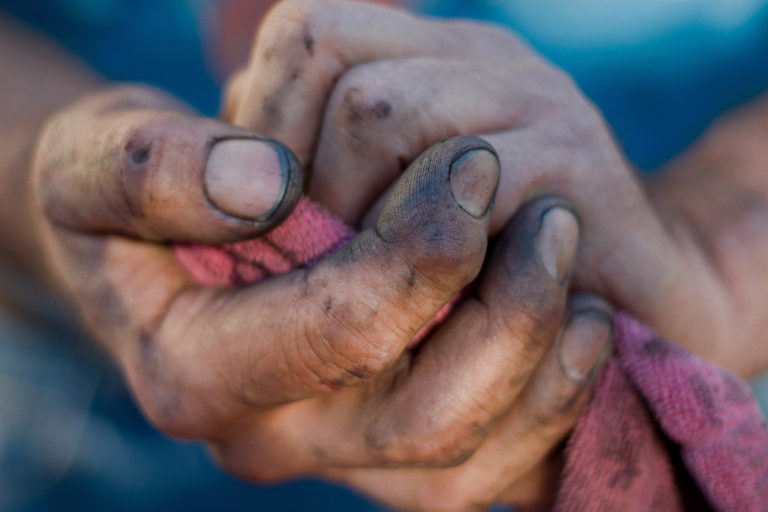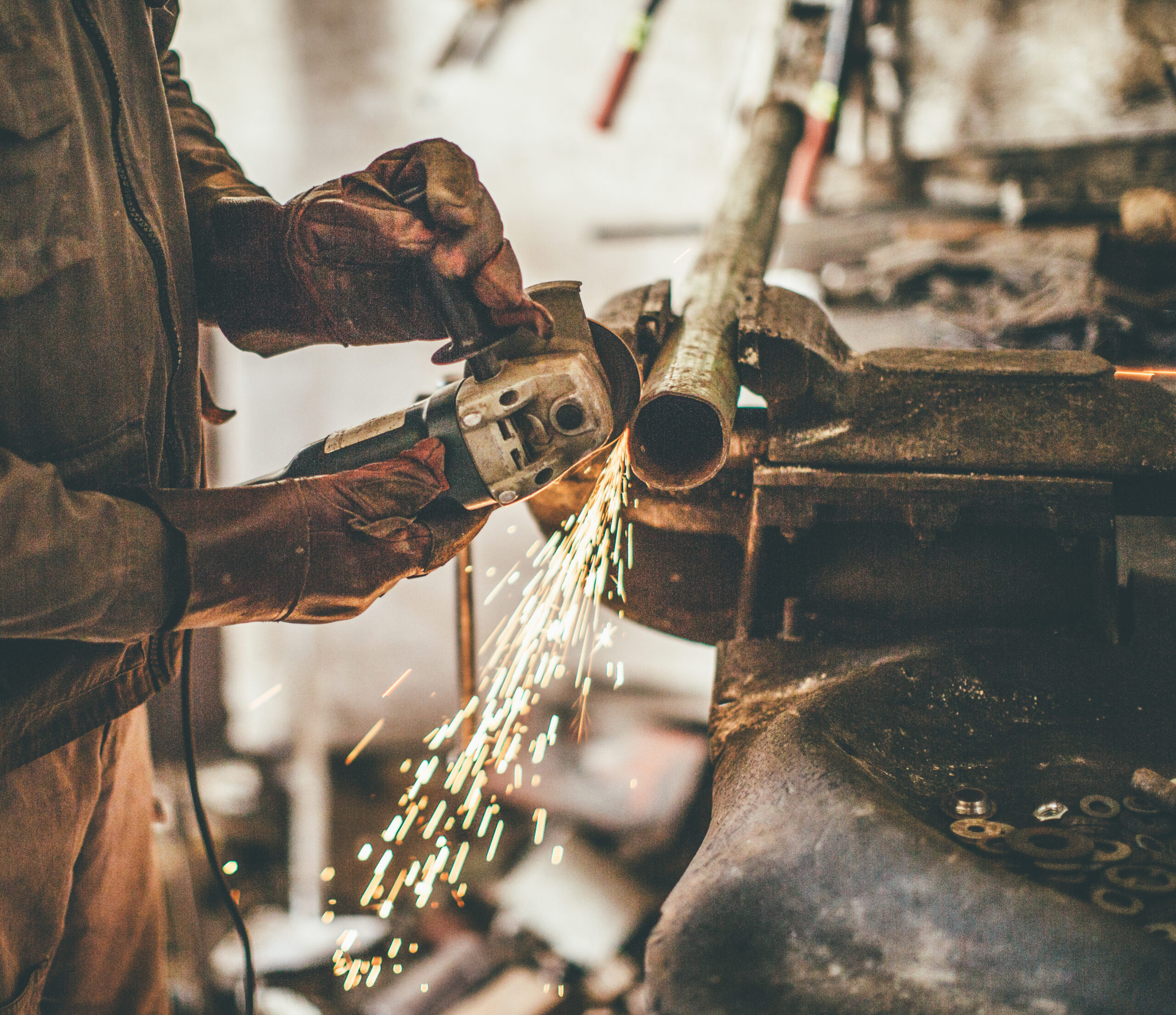Benzene and Railroad Machinists
Here are a few of the products used by locomotive machinists, laborers, pipefitters and electricians:
- Varsol (mineral spirit)
- Liquid Wrench (penetrating solvent)
- Safety-Kleen Parts Washer
- Safety-Kleen Solvent
- Gasket adhesives and glues
- CRC Brake and Carb Cleaners
- Gasoline
- Cutting fluids
- Lubricants
- Paints
- Paint thinners
- Solvent baths
What do all these products have in common? At some point in the not too distant past, they contained benzene. Benzene exposures cause acute myeloid leukemia (AML), myelodysplastic syndrome (MDS), multiple myeloma, and non-Hodgkin’s Lymphoma. Benzene can be absorbed through the skin, inhaled or even ingested. Of all the railroad crafts, we see the most blood and bone marrow cancer cases amongst the locomotive shop employees. These benzene exposures are the reason.
Other Exposures
The list of toxins that railroad shop employees were exposed to is long and varied. Long-term exposures to secondhand smoke can cause lung and bladder cancer. Exposures to metal dusts and silica can cause COPD, silicosis, and even lung cancer. In every railroad cancer case, it is vitally important that the worker be represented by experienced counsel familiar with these complicated claims. That attorney must work with qualified experts such as industrial hygienists and epidemiologists who can determine what the worker was exposed to and whether those exposures caused the illness at hand.
If you or a loved one worked inside a railroad locomotive shop, and you’ve been diagnosed with one of the diseases mentioned here, call Hughes Law Offices today and speak with attorney Andrew Hughes.



